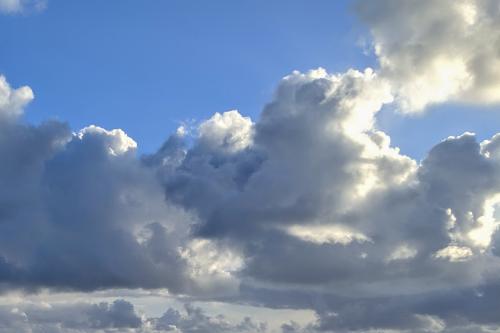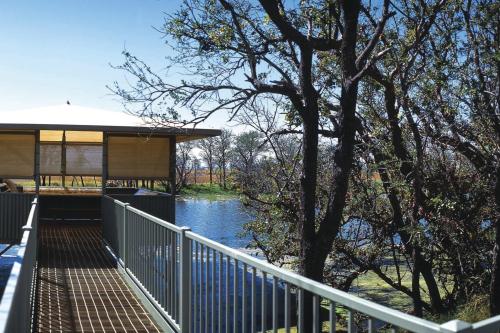About this park
Parry Lagoons Nature Reserve features extensive wetlands. A picturesque and cooling feast for the eyes in the Kimberley heat. Waterbirds flock to feed and breed in the lush landscape. This is an important stopover for migratory wading birds. Some have travelled from as far as Siberia. Wow!
During the wet season, bursting creeks flood the flat, low-lying plain. It’s a mecca for birdwatching and photography. A specially designed boardwalk and wildlife hide is perfect for setting up your kit. Focus your lenses and look out for egrets, spoonbills, herons, and brolgas. Magpie geese can sometimes be seen in their thousands!
After the wet season the billabongs and lagoons shrink away. Barramundi, mullet and tarpon get left in the pools. They provide a year-round food supply for fish-eating birds of prey. Pelicans, jabirus and the occasional crocodile also come for a snack. During the dry season quail, plover and other ground-nesting birds use the grasslands for breeding and shelter.
For a more panoramic view of the reserve take a walk up to the high point ruins of Telegraph Hill. The light at dawn and dusk is magical. This attractive park lives up to the bucket list beauty of Western Australia’s Kimberley region. Make it part of your itinerary!
The Parry Creek Nature Reserve is listed as a wetland of international importance under the Ramsar Convention and is listed on the Register of the National Estate.
Review - Nature at its best
If you are lucky enough to visit this area in the next few months you will get great views of extensive waterways. We spent several hours in the hide on the lake observing and trying to identify the birdlife, cormorants, rainbow bee eaters, shags, cranes, ducks of all shapes and sizes, magpie geese and whistling ducks, lots more that we didn’t know. A photographer’s dream. The lagoon is at its best for many years due to late rains. Lowfar - Trip Advisor
Safety information
Plan when to visit. Read this safety information about bushwalking. Consider travelling with a personal location beacon (PLB). In the event you need to be rescued it could save your life!
When you are entering the Kimberley or Pilbara regions, you are entering crocodile country. Two species of crocodile occur in Western Australia: the estuarine (or saltwater) crocodile and the freshwater crocodile. The estuarine crocodile is the largest living reptile and is considered to be a dangerous predator. Freshwater crocodiles are smaller and not as aggressive. Both freshwater and saltwater crocodiles inhabit Parry Lagoons, so stay well back from the water’s edge.
Crocs are common, crocs move around and crocs are deadly so Be Crocwise.
- Download the Crocodiles information guide.
- Pay attention to all warning signs, however just because a sign isn’t there doesn’t mean crocodiles aren’t present.
- If you are unsure don't swim, canoe or use small boats in estuaries, tidal rivers or pools and contact the nearest Parks and Wildlife office.
- If you see a crocodile showing signs of aggressive behaviour, OR is in the Kununurra Crocodile Control Zone, please contact the Parks and Wildlife Service office in Kununurra on (08) 9168 4200.
Gallery
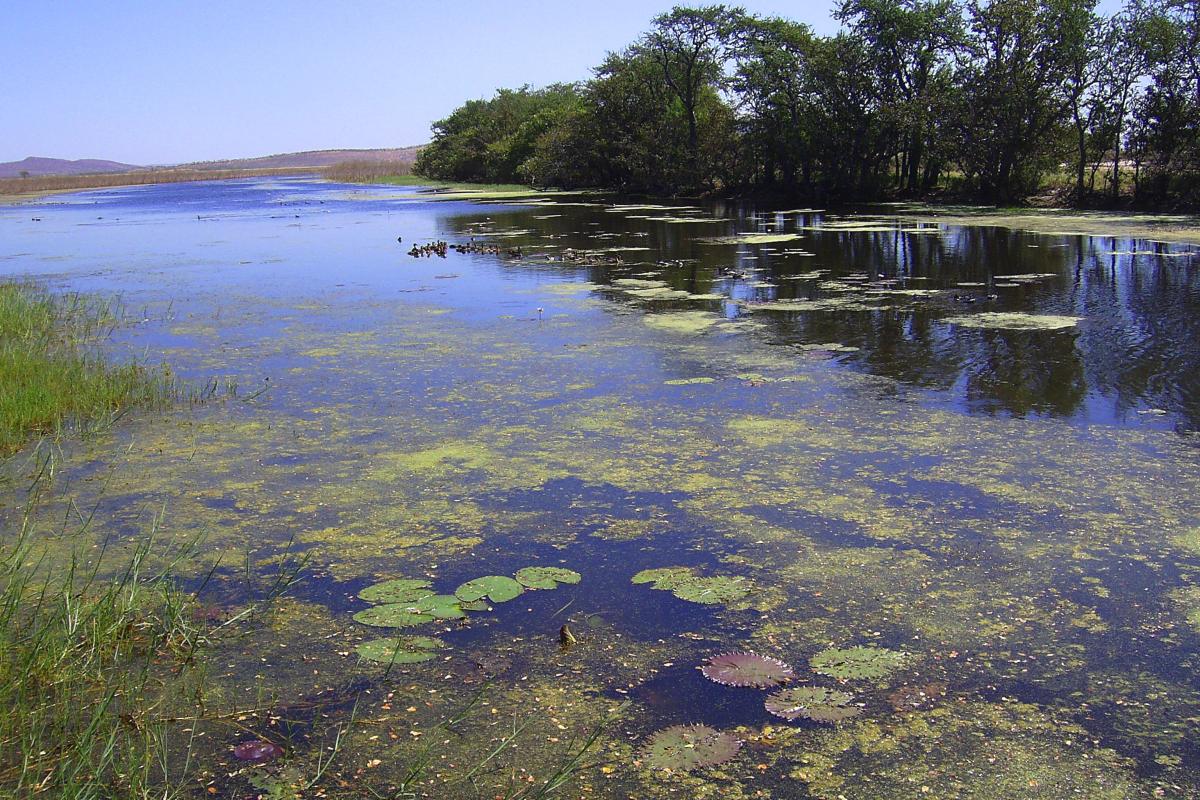
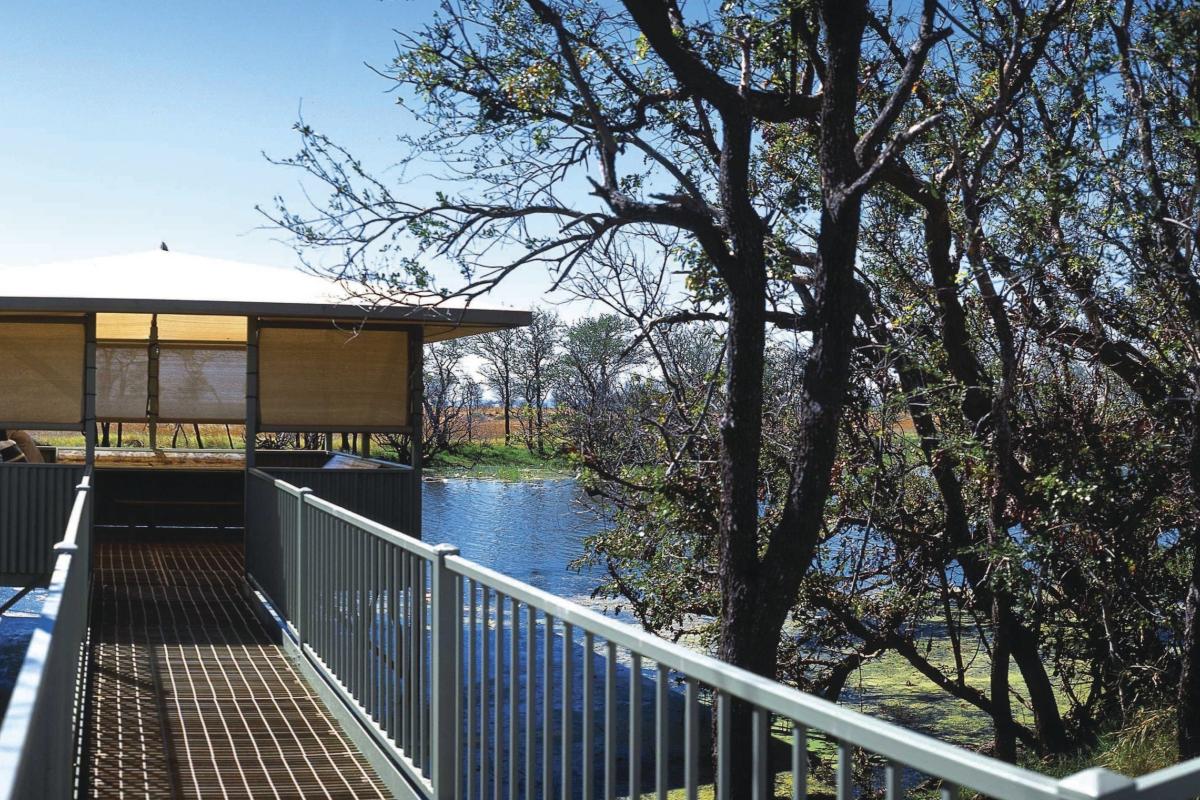
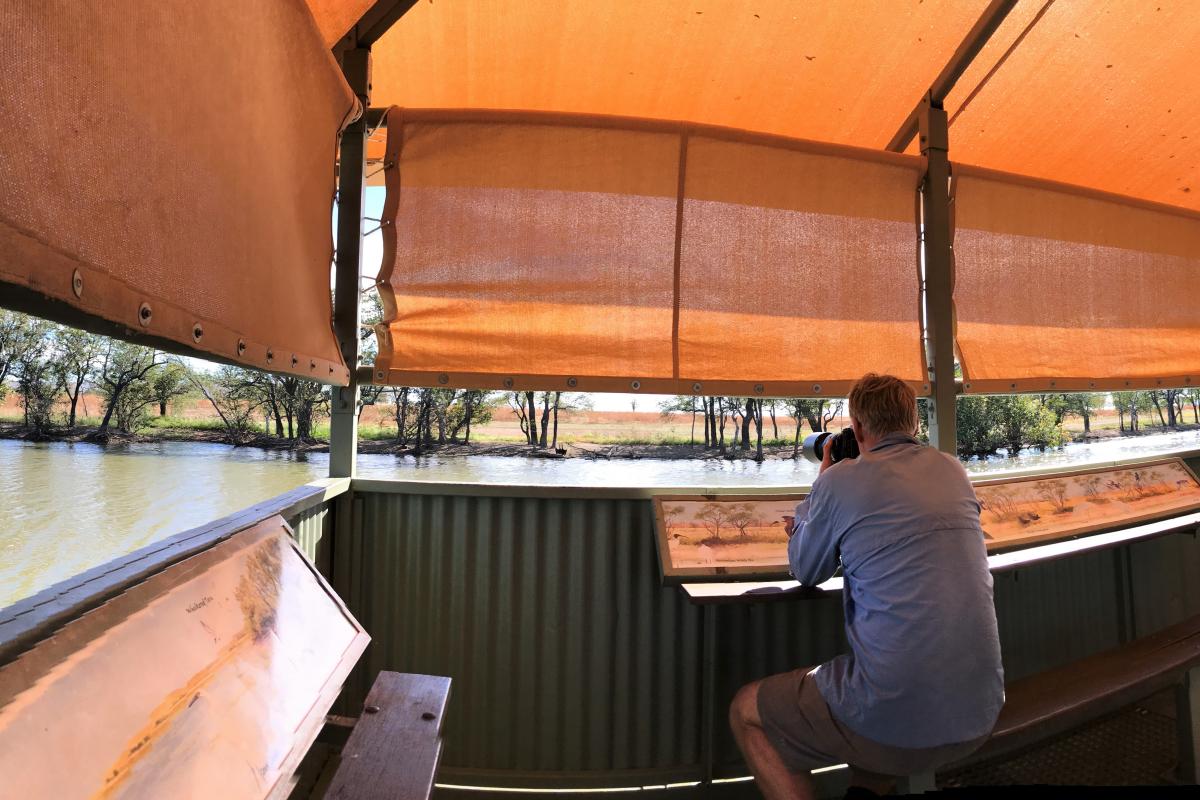
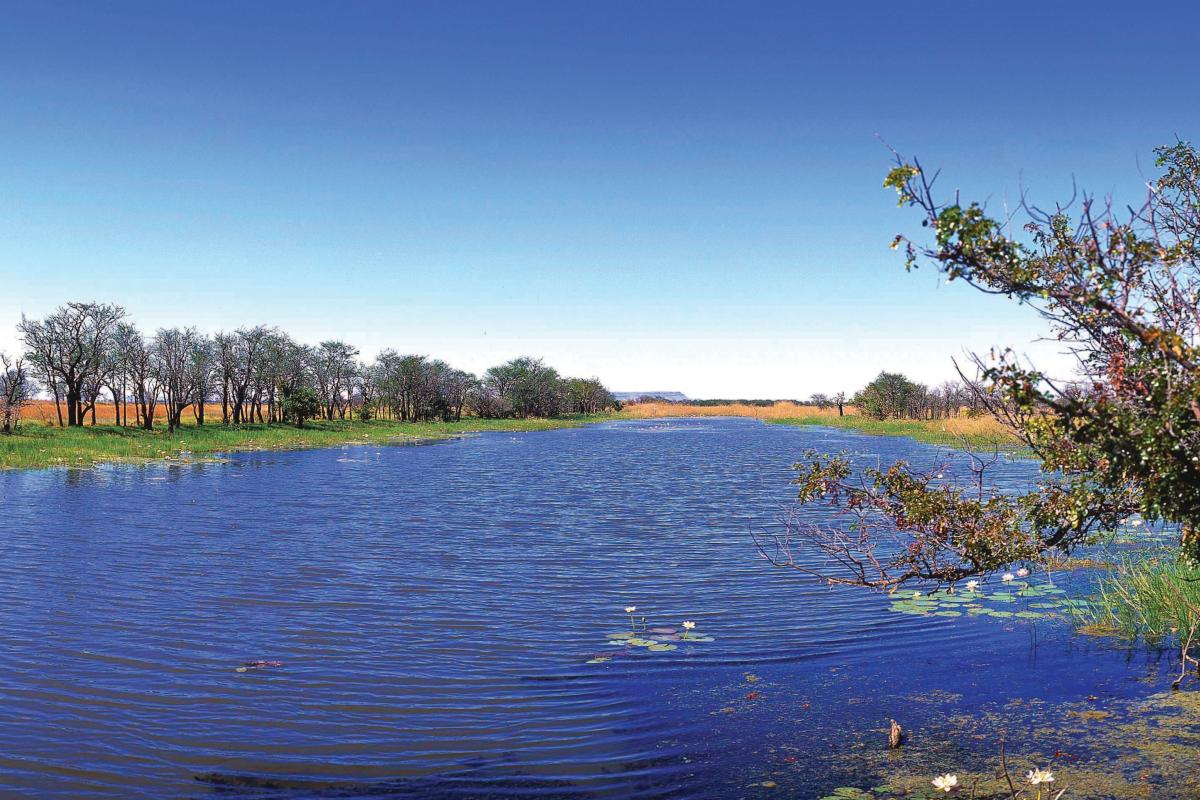
Activities
 Bushwalking
Bushwalking
Plants, wildlife and fungi
Visit the Atlas of Living Australia for a list of species recorded in Parry Lagoons Nature Reserve.
Traditional Owners
The reserve contains sites that hold significance for the Miriwoong and Gajerrong people and is jointly managed by the Parks and Wildlife Service, the Miriuwung Gajerrong Aboriginal Corporation and the Yoorrooyang Dawang Regional Park Council.
